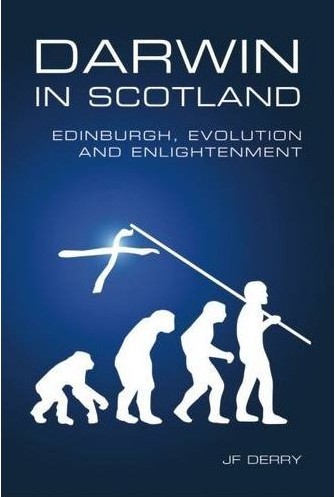-
- 98,965 reads
Search blog:
-
Author.
Next book: DISSENT OF MAN -
Join 58 other subscribers
Social Genetworking
About jfderry
Humanitarian Aid Disaster Relief Social Media / Hospitality Manager Conservation Scientist Modelling incl. epidemics Evolutionary Ecology Author+ @DISSENTOFMAN @DarwinMonkey
This entry was posted in Short Stories. Bookmark the permalink.













Bringing together science and story-telling can only be good. I read it for the narrative and liked it. I’ll go back and see what more I can understand of the science
Thanks Simon. It’s nice to know that writing is working on any level. The science isn’t too deep, more procedural: laboratory techniques.
I enjoyed this very much. I could easily imagine it expanded into a full length novel exploring the ideas suggested in it more fully. Though as a non-scientist I might need a glossary if you do!
Thanks Mo, it is a fine balance between content and jargon. I’ll try and tame the science a bit.